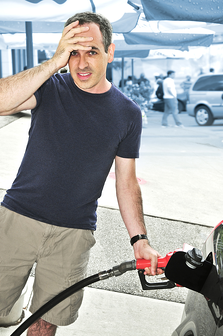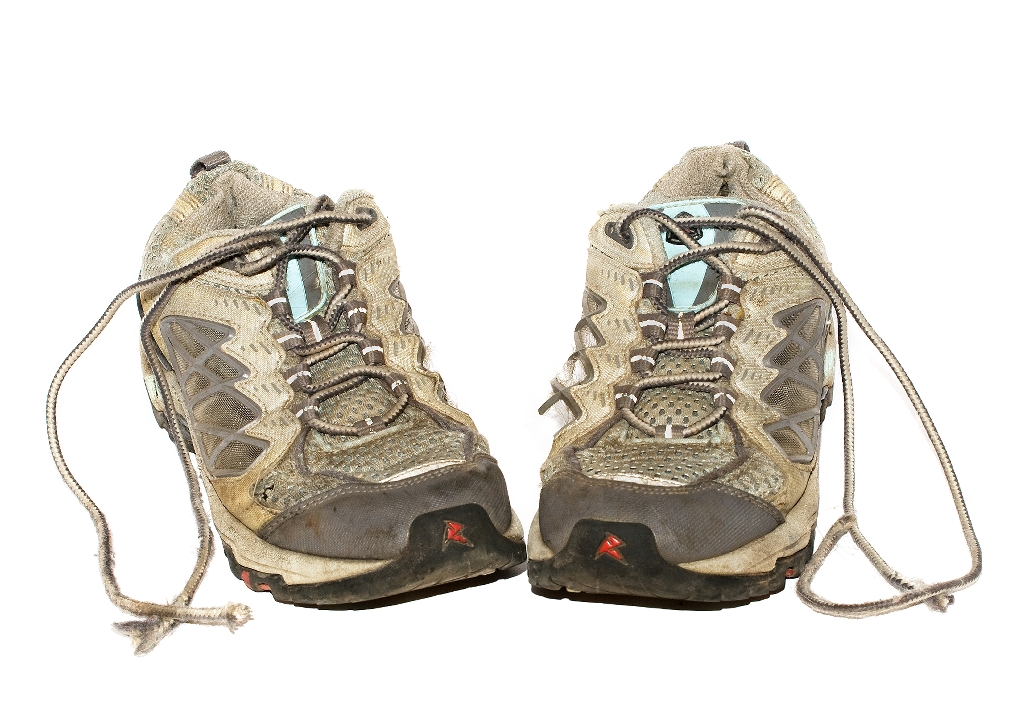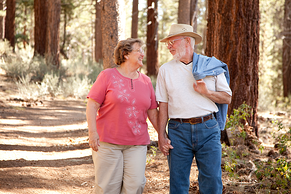 Gardening and lawn work are not only good for cultivating healthy and delicious food and beautiful landscaping, but they are great ways to stay active. Think about all the tools that are used for gardening and yard work: rakes, hoes, wheelbarrows, clippers, shovels, watering cans, and many more. The use of these tools requires the work of all major muscle groups, including your legs, arms, buttocks, stomach, neck, and back.
Gardening and lawn work are not only good for cultivating healthy and delicious food and beautiful landscaping, but they are great ways to stay active. Think about all the tools that are used for gardening and yard work: rakes, hoes, wheelbarrows, clippers, shovels, watering cans, and many more. The use of these tools requires the work of all major muscle groups, including your legs, arms, buttocks, stomach, neck, and back.
Treat Gardening Like a Workout
Like any workout, you should always begin with a warm-up. Start with light tasks and work your way up to the heavier, more strenuous activities. For example, start by walking around your lawn or garden, thinking about your plan of action for your project. This will give you a light warm-up, while stimulating your brain at the same time. Remember, make sure you are wearing the appropriate clothing, including a hat and sunscreen.
After the warm-up, begin to gather all of your tools from the shed. You can now start digging, setting plants, carrying water, weeding, pruning, and mowing. All of these activities will increase your heart rate and tone your body. Make sure to take frequent water breaks so that you will not become dehydrated. Once you are done with your beautiful masterpiece, don’t forget to cool down. Take a slow walk around your lawn or garden and admire the hard work you have done.
Gardening Workout Reminders
There are a few important points to remember before and during your workout.
- If you are new to gardening or your body is not used to strenuous activities, you may need to break your workout into smaller sessions.
- When you lift heavy objects, always lift with your legs. If you need assistance with heavy objects, ask for help.
If You Don't Have a Yard but Still Want to Garden or Be Outdoors
If you do not have a large landscaping or gardening area, you can pot flowers or different kinds of herbs and vegetables for your porch or deck. You will still be working your muscles by adding dirt to the pots, digging holes for the plants, and also from the upkeep of weeding and watering the plants regularly.
If gardening is not an interest to you and you would like to get exercise outside, try walking around your neighborhood with a group of friends to admire other landscaping and gardens. You could even take a trash bag and clean up your neighborhood. You will be exercising and helping the environment at the same time! There are many ways to stay active, so make being healthy, fun!




 How many times do you circle a parking lot looking for that perfect spot right in front of the door? It doesn’t matter if I am at the supermarket, a sporting event, a restaurant, or even the gym (sad, but true); I see people circling the lot like they’re in the Indy 500. As I get out of my car and walk to my destination, all I can do is ask myself, “Do they really think they are benefiting from parking in front of the door?”
How many times do you circle a parking lot looking for that perfect spot right in front of the door? It doesn’t matter if I am at the supermarket, a sporting event, a restaurant, or even the gym (sad, but true); I see people circling the lot like they’re in the Indy 500. As I get out of my car and walk to my destination, all I can do is ask myself, “Do they really think they are benefiting from parking in front of the door?” Gardening and lawn work are not only good for cultivating healthy and delicious food and beautiful landscaping, but they are great ways to stay active. Think about all the tools that are used for gardening and yard work: rakes, hoes, wheelbarrows, clippers, shovels, watering cans, and many more. The use of these tools requires the work of all major muscle groups, including your legs, arms, buttocks, stomach, neck, and back.
Gardening and lawn work are not only good for cultivating healthy and delicious food and beautiful landscaping, but they are great ways to stay active. Think about all the tools that are used for gardening and yard work: rakes, hoes, wheelbarrows, clippers, shovels, watering cans, and many more. The use of these tools requires the work of all major muscle groups, including your legs, arms, buttocks, stomach, neck, and back.

 As gas prices creep higher and you’re forced to dig deeper into your pocketbook, it can certainly be difficult to look at the bright side of what seems to be that inevitable price spike as the weather warms up. However, the next time you grudgingly fill up your tank, ponder the health benefits that are to be had as a result of higher prices.
As gas prices creep higher and you’re forced to dig deeper into your pocketbook, it can certainly be difficult to look at the bright side of what seems to be that inevitable price spike as the weather warms up. However, the next time you grudgingly fill up your tank, ponder the health benefits that are to be had as a result of higher prices.
 Walking has long been touted as one of the most effective forms of aerobic exercise an individual can perform. The convenience of walking and the relative ease of it (compared to some other forms of high-impact exercise) make it a beneficial part of any exercise program for individuals of all ages.
Walking has long been touted as one of the most effective forms of aerobic exercise an individual can perform. The convenience of walking and the relative ease of it (compared to some other forms of high-impact exercise) make it a beneficial part of any exercise program for individuals of all ages.